While you may be sitting safely at home now, natural disasters can happy anywhere at any time. Earthquakes, floods, and tropical storms are common in the Philippines so it never hurts to be just a little bit more prepared in case one of these emergencies hit.
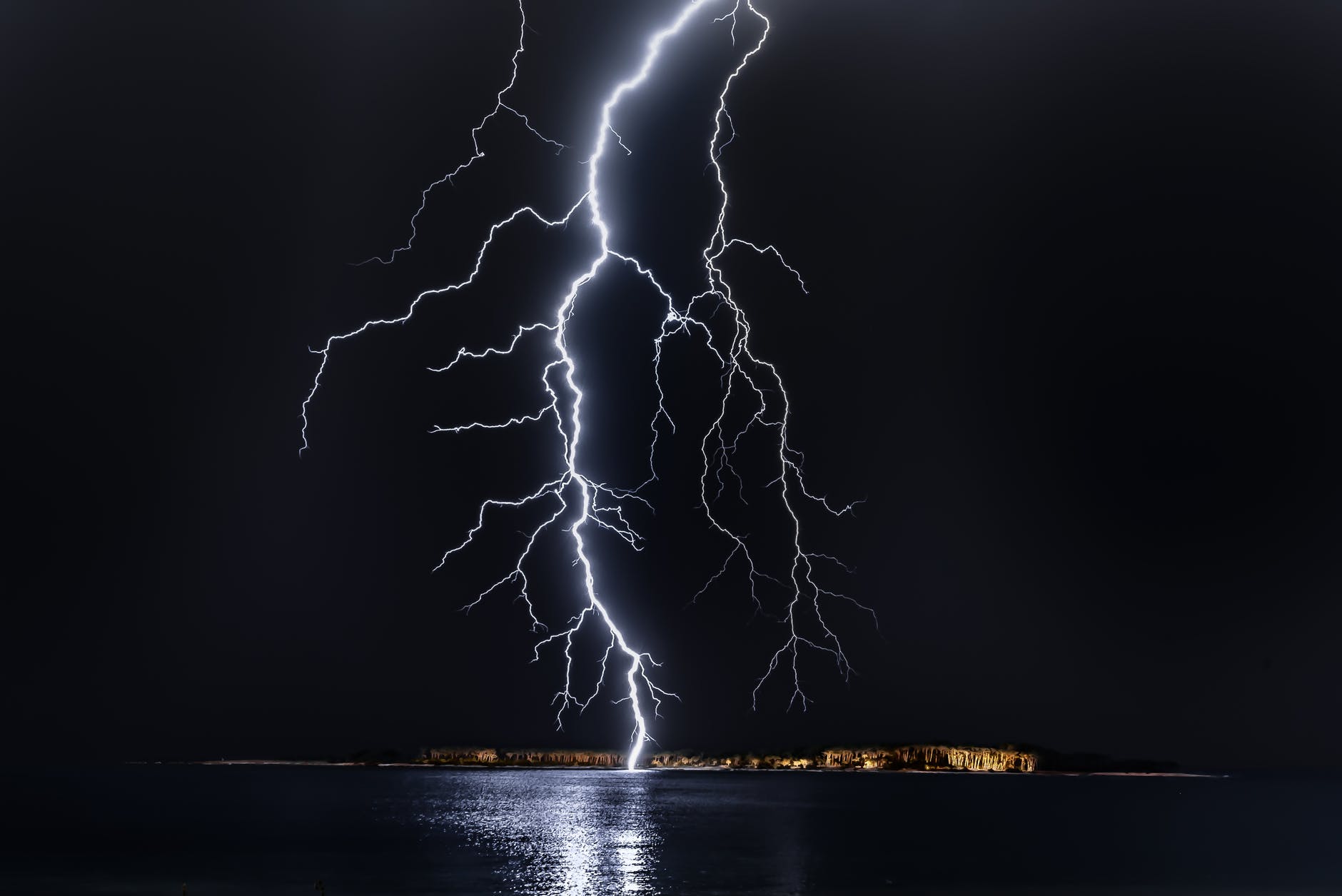
Grab a bag and set aside a corner in your room or closet for a couple of these emergency goods. Take note!
The bag
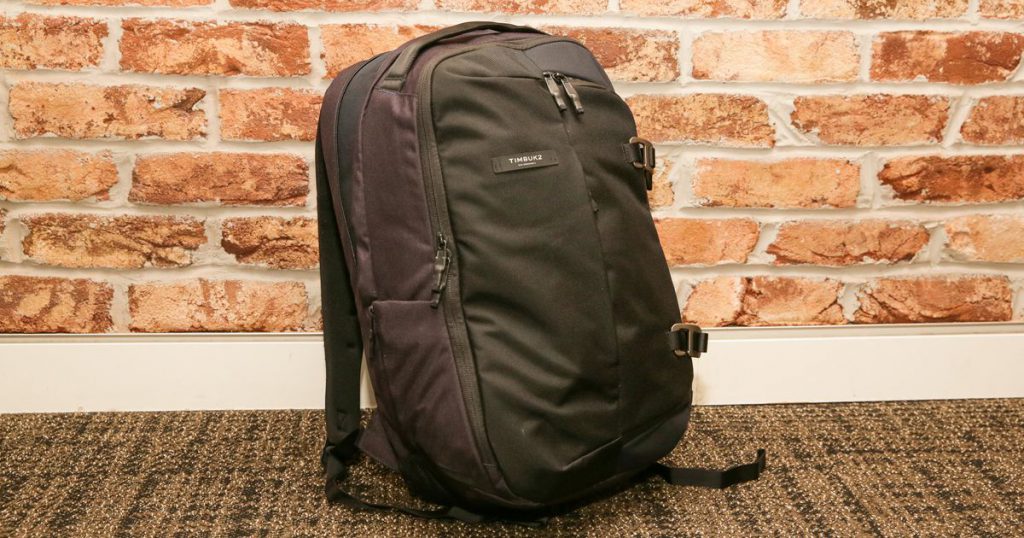
The bag itself should not be heavy. A large suitcase or duffel bag is a no-no; go for something more lightweight and easily portable. Backpacks are the best choice — they’ve got enough room for big items like clothes and food, but also have a good amount of compartments for little things like medicine and electronics. Remember that you may be possibly running with this bag or carrying it long distances, so make sure it’s comfortable!
Medications
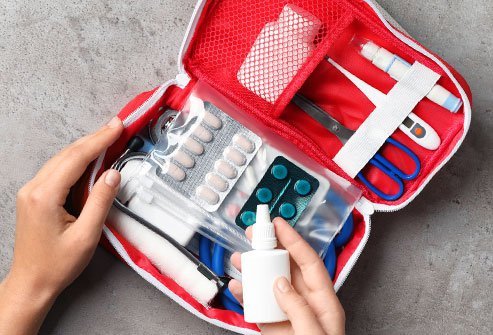
One of the first things you should pack are basic medications and first aid kits. Scissors, bandages, hydrogen peroxide, sanitary items, alcohol, tweezers, and gloves are just some of the necessities. Make sure you also have general painkillers like ibuprofen, paracetamol, and aspirin tucked away. You may survive the initial disaster, but you’ll need to get through the aftermath, so these things can help with your survival significantly.
Clothing

You should always include at least one or two sets of clothes in your emergency bag. A good outfit would comprise of leggings or long pants for protection, a regular t-shirt or sweater, socks, and extra underwear. Bringing a blanket is also wise.
Electronics
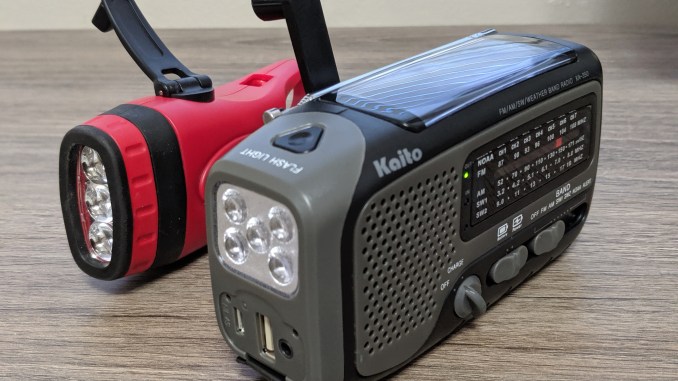
LED flashlights are a must. Batteries, portable chargers, and a crankable radio are all great electronics to pack. You never know whether or not electricity will be available, so it’s better to be sure with your own devices. A whistle may also prove to be handy.
Documents and personal items
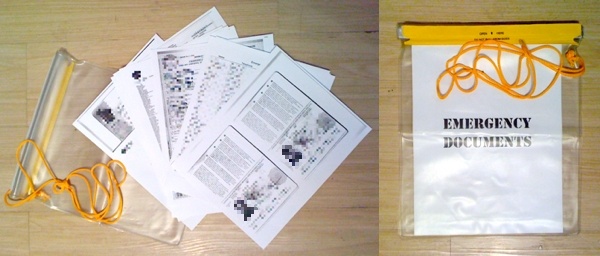
Pack your birth certificate, passport, driver’s license, family photos, and other important documents in case you may need to prove your identity. Personal items can include small trinkets that hold sentimental value like jewelry, mementos, and/or letters. All of these items should be placed in a sealed, waterproof bag or document folder to protect from water. Be sure to also carry some cash with you just in case!
Food and water
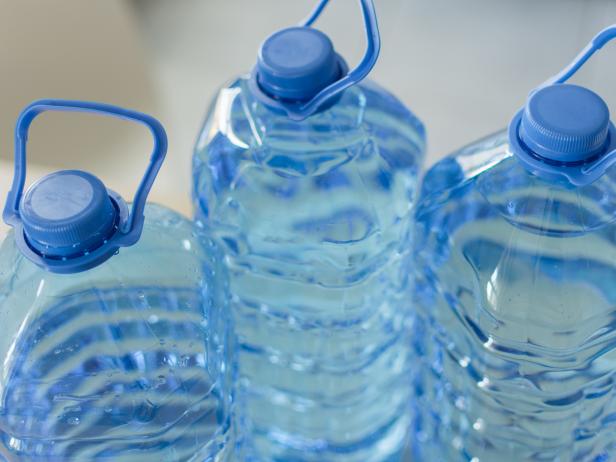
Emergencies can mean that you’ll be without clean water for a couple days, so pack at least two big bottles of water for safety. Canned food and energy bars are good, lightweight food items that are easy to carry; consider also including a can opener, a small knife, and utensils to the list.
Pet bags
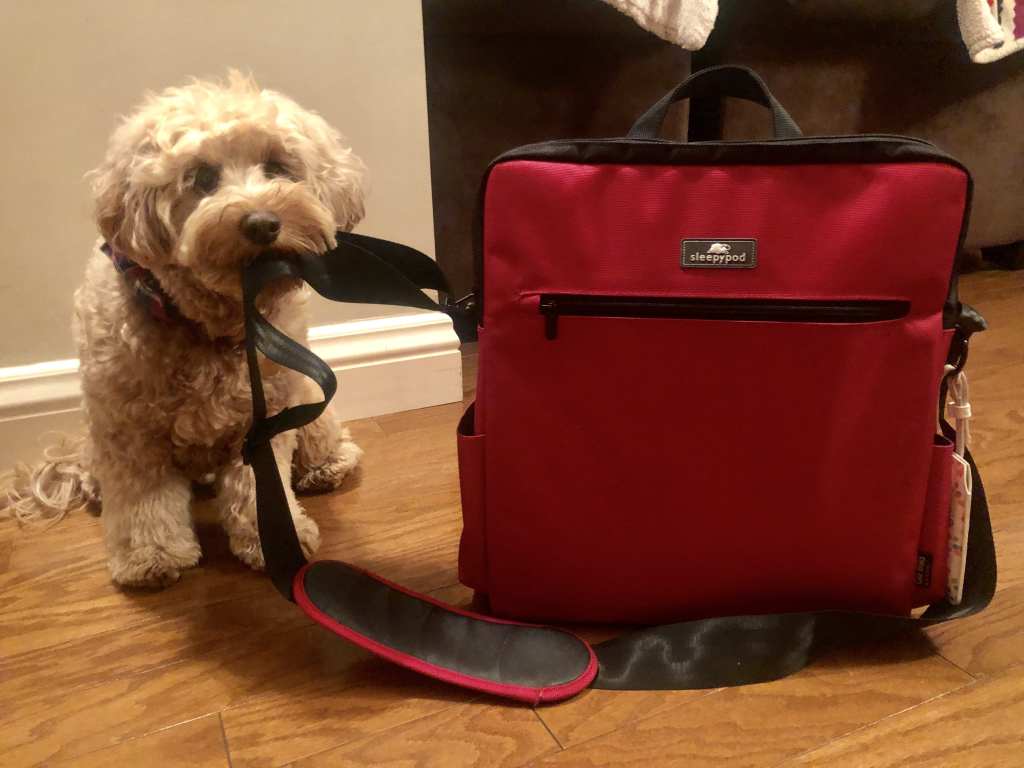
Don’t forget your pets need an emergency bag too! In case of an emergency, your pet bag should contain vaccination records, an extra blanket or towel, collapsible bowls, a leash and collar, bottled water, pet tags, a pet first-aid kit, and at least a week’s worth of pet food. These bags should go where your family emergency bags are to make sure everyone is prepared and ready to go in case of an untimely situation.
It may seem like a hassle, but taking the extra time to pack these bags literally makes a difference between life and death!





















